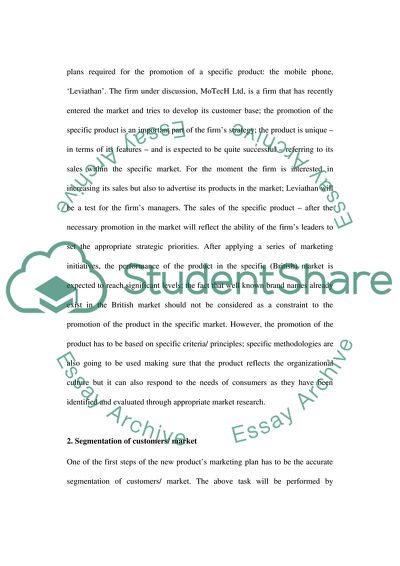Cite this document
(Marketing Plan for MoTecH Ltd Research Proposal - 12, n.d.)
Marketing Plan for MoTecH Ltd Research Proposal - 12. Retrieved from https://studentshare.org/marketing/1721482-marketing
Marketing Plan for MoTecH Ltd Research Proposal - 12. Retrieved from https://studentshare.org/marketing/1721482-marketing
(Marketing Plan for MoTecH Ltd Research Proposal - 12)
Marketing Plan for MoTecH Ltd Research Proposal - 12. https://studentshare.org/marketing/1721482-marketing.
Marketing Plan for MoTecH Ltd Research Proposal - 12. https://studentshare.org/marketing/1721482-marketing.
“Marketing Plan for MoTecH Ltd Research Proposal - 12”, n.d. https://studentshare.org/marketing/1721482-marketing.


